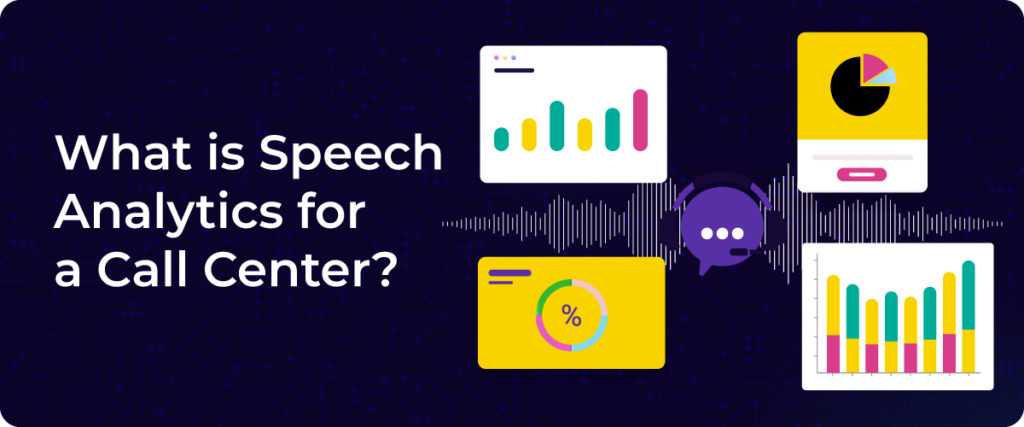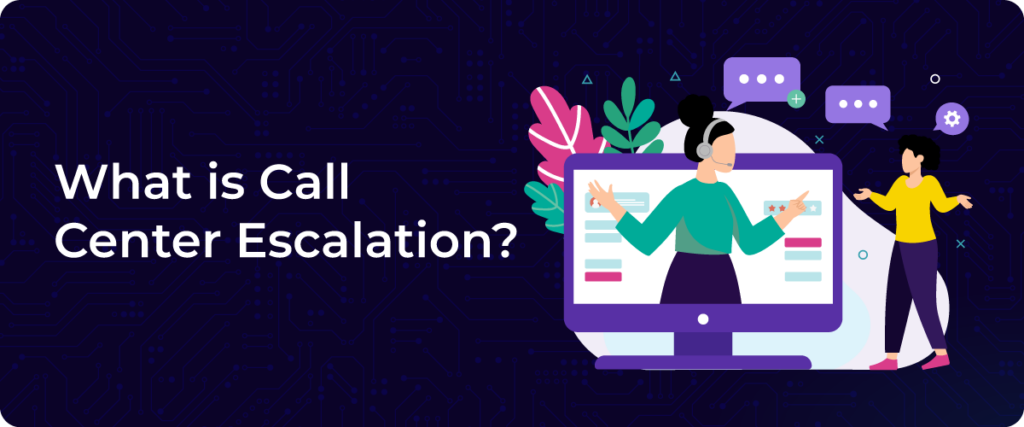As Artificial Intelligence (AI) is evolving, AI powered assistants are transforming and taking a deep dive into business interaction with customers. From Chatbots to handfree Voicebots, automation is a necessity and not luxury.
While both the tools aim to streamline customer support, each tool has its benefits and yet they perform very differently and the big question remains – “VoiceBot vs Chatbot” – which one fits business needs better?
Lets face it, we have all had conversations or somewhat yelled at a voice assistant or typed in chatbot that didn’t get it.
“Hey Siri, why is customer service still making me wait?” Siri: Sorry, I didn’t get that.
Relatable, right? But here’s the thing – According to Gartner , Conversation AI is projected to save businesses over $80 billion in labor cost by 2026.
So let’s discuss which one is better: VoiceBot or Chatbot.
What are Chatbots? Understanding Text-based AI Assistant
Chatbots are AI-powered assistants designed to simulate human-like conversations via text. They handle customer queries, automate responses, and streamline communication across websites, apps, and messaging platforms.
They are commonly used across – websites (Chat widgets), mobile apps or in-app support assistants , messaging platforms like Facebook messenger, WhatsApp bots.
Its core function includes Answering customer queries, Automating support responses and streamlining communication across digital channels.
These bots are powered by Natural Language Processing (NLP) to understand user inputs and respond accurately.
Types of ChatBots –
- Rule based bots which follow pre-set scripts and workflows.
- AI driven bots that learn from user behavior to deliver smart replies every time.
It’s also commonly used for customer support, lead generation, order tracking and appointment booking and with its business benefits like, reducing response time and 24/7 customer availability and higher engagement and efficiency. The limitations of Chatbot are restricted to text only interaction and can feel robotic with zero emotional scene. Therefore, when users seek more natural communication, VoiceBots on the other hand offer better alternatives.
What are Voice Bots? Enabling Speech Assistants
Low Latency Voice Bots are AI-powered assistants that interact with users through speech instead of text. They leverage Natural Language Processing (NLP) and Speech Recognition to understand spoken commands and respond conversationally.
Unlike chatbots, which require typing, VoiceBots enable hands-free voice communication, which is commonly used in smart devices like Alexa and Google Assistant, call centers for automated responses, and virtual assistants for scheduling or customer support.
A key advantage of VoiceBots is their ability to handle multilingual interactions, providing seamless omnichannel customer engagement. However, they require clear audio inputs, making them less effective in noisy environments.
Read Also: AI Voice Bot by ConvozenAI
When comparing VoiceBot vs Chatbot,
- VoiceBot = Spoken conversations
- Chatbot = Typed interactions
Bill Gates quoted – “ Technology is just a tool in terms of getting the kids working together and motivating them.” Similarly, Voice bot Technology allows businesses to efficiently manage customer service, sales, and support efficiently.
Key Differences: VoiceBot vs Chatbot
| Criteria | VoiceBot | Chatbot |
| Mode of Interaction | Operate through speech recognition and respond using natural voice output. Users interact by speaking. | Work through text input and respond in written format. Users interact by typing. |
| Best Use Cases | Ideal for call centers, voice assistants (like Alexa), and hands-free customer service where speaking is more convenient. | Best suited for websites, apps, social media messaging (like WhatsApp bots), and automated text-based workflows. |
| Response Speed & Engagement | Enable real-time conversations with no delay, mimicking human interactions. | Responses depend on typing speed, which can slow engagement slightly. |
| Complexity & AI Capabilities | Require speech-to-text (STT), natural language processing (NLP), and text-to-speech (TTS) technology to function. | Use text-based NLP models, making them simpler to develop and deploy. |
| Multilingual Support | Advanced AI multilingual transcription, voice processing allows them to recognize and respond in different languages. | Can handle multiple languages in text but require manual language switching in some cases. |
| User Convenience & Accessibility | fMore natural and intuitive, especially for users who prefer speaking over typing. | Better for quiet environments and scenarios where users prefer text-based interaction. |
| Implementation & Costs | Require higher investment due to speech recognition AI, making them costlier to develop and maintain. | Easier and cheaper to build, with many platforms offering low-code/no-code chatbot solutions. |
| Omnichannel Integration | Typically integrated with IVR (Interactive Voice Response) systems, smart assistants, and enterprise support lines. | Work seamlessly with websites, apps, WhatsApp, Facebook Messenger, and other text-based customer service channels. |
This blog will explore the Top Omnichannel Software for contact centers of 2024.
VoiceBot vs Chatbot for Customer Service
When it comes to customer service, both VoiceBots and Chatbots play a crucial role in automating support, reducing wait times, and enhancing customer experience.
- VoiceBots are ideal for real-time, hands-free interactions in call centers, Conversational IVR systems, and voice assistants. They help businesses handle high call volumes, provide multilingual support, and offer a more human-like experience.
- Chatbots, on the other hand, excel in text-based support across websites, apps, and messaging platforms like WhatsApp and Facebook Messenger. They are great for handling FAQs, troubleshooting issues, and automating lead generation.
So, VoiceBot vs Chatbot which is better?
Well the answer depends on your audience –
- Use a VoiceBot if your customers prefer conversational, voice-driven assistance.
- Use a Chatbot for quick, text-based interactions across digital channels.
Therefore, the most effective approach is a combination of both.
For the best omnichannel customer engagement, businesses often integrate both for seamless AI-driven support.
How Different Industries use VoiceBot vs Chatbot
Book a Demo to Discuss your Use Case
| Industry | VoiceBot Use Cases | Chatbot Use Cases |
| Banking & Finance | VoiceBots assist with fraud alerts, balance inquiries, and loan applications. Customers can complete transactions using voice commands. | Chatbots provide 24/7 customer support, answer FAQs on loans, and help with lead generation. Users can get instant replies through messaging apps. |
| E-commerce & Retail | Customers can use VoiceBots for shopping assistance, order tracking, and product recommendations. Voice AI makes online shopping easier. | Chatbots handle order support, product suggestions, and refunds. They quickly resolve customer issues via chat. |
| Healthcare | VoiceBots help with appointment scheduling, medication reminders, and symptom checking. Patients can get voice-guided assistance anytime. | Chatbots offer instant support for patient queries, symptom assessments, and doctor bookings. They improve response times for medical help. |
| Travel & Hospitality | Travelers use VoiceBots for flight bookings, status updates, and multilingual support. They simplify travel planning. | Chatbots provide instant booking, itinerary updates, and AI-powered travel tips. They offer real-time assistance. |
| Education & E-Learning | VoiceBots act as interactive tutors, send course reminders, and support language learning. They make studying easier. | Chatbots offer course recommendations, student support, and exam preparation help. They provide quick answers to learning queries. |
| Real Estate | VoiceBots help with property searches, virtual tours, and lead qualification. They make home-buying more convenient. | Chatbots assist with property recommendations, site visit scheduling, and FAQs. They guide buyers through the process. |
| Automotive | VoiceBots provide car diagnostics, service reminders, and hands-free support. They improve vehicle maintenance. | Chatbots handle purchase inquiries, service bookings, and dealership support. They make car buying easier. |
Future Trends of Voice and Text AI
1. Seamless Interaction
Future AI assistants will enable users to switch between voice and text without losing context, ensuring a smooth and natural experience.
2. Omnichannel AI Integration
Businesses will deploy AI across multiple platforms like chat apps, smart speakers, and call centers, providing a unified customer journey.
3. Smarter Personalization
Advancements in NLP and sentiment analysis will make AI more context-aware, allowing bots to understand emotions and user preferences better. Multilingual voice bots will also enhance accessibility, enabling businesses to cater to a diverse global audience more effectively.
Try ConvoZen.AI Voice Bot Now!
How ConvoZen.AI is Reimagining Customer Conversations through Voice and Chat ?
At ConvoZen we believe that business should not decide between VoiceBot and Chatbot, instead one should leverage the strength of both the features. Our platform empowers brands with seamless omnichannel AI, blending human kind voice and chat interactions into one unified customer experience. ConvoZen.AI adapts their customers needs, whether through its multilingual VoiceBots for real time conversations or smart Chatbot for quick support. Boosting customer satisfaction and by reducing wait time and streamlining agent workload this brand is reimagining its journey.
Frequently Asked Questions (FAQs)
1. Which is better: VoiceBot vs Chatbot?
Neither is inherently better—it depends on the use case. VoiceBots excel in hands-free, real-time interactions like customer support calls. Chatbots work best for quick, text-based queries. Businesses often benefit from a hybrid approach, combining both for a seamless customer experience across different touchpoints.
2. Which industries benefit most from Voice Assistants compared to Text Chatbots?
Industries like healthcare, banking, and telecom gain more from VoiceBots due to the need for instant, hands-free interactions. Voice assistants are ideal for appointment booking, troubleshooting, and voice authentication, whereas chatbots are better for text-based customer service and e-commerce support.
3. How do multilingual VoiceBots improve customer experience?
Multilingual VoiceBots break language barriers, allowing businesses to serve diverse customers effortlessly. They help in global expansion, improving accessibility for non-English speakers in industries like travel, e-commerce, and finance. Personalized, native-language support enhances customer satisfaction and engagement, leading to better brand loyalty.


